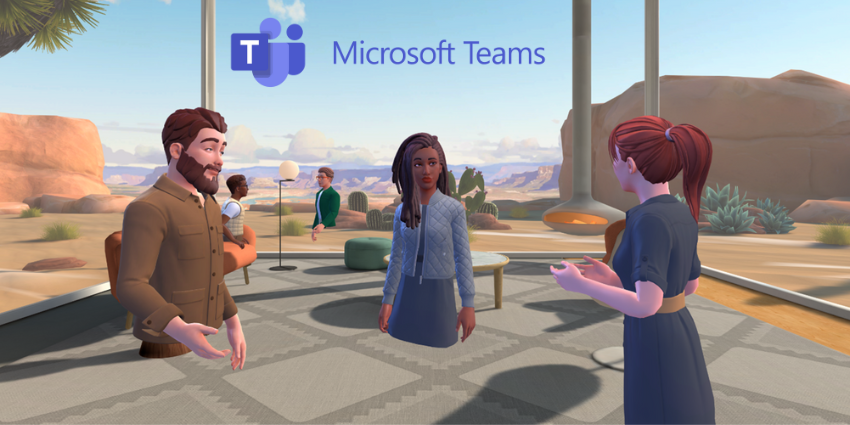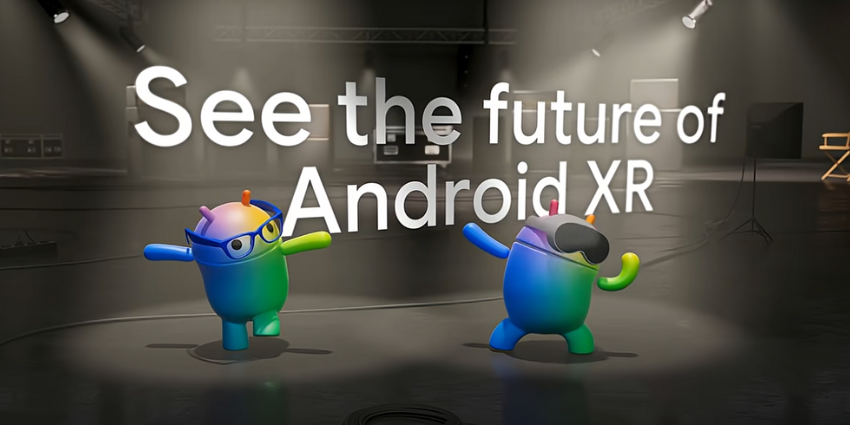Virtual reality (VR) is one of the most talked-about technologies over the last few years, and many believe it will revolutionize how we interact with digital content. However, some significant challenges need to be overcome before VR can become mainstream.
One of the biggest challenges is latency, or the delay between signals that are sent and received across distances, which can cause motion sickness in some users of VR technologies. In response, engineers are tapping mobile edge computing to provide a solution to this problem.
What is Mobile Edge Computing?
Mobile edge computing (MEC) can also be referred to as Multi-Access Edge Computing. It distributes computational resources across networks and expands cloud computing’s capabilities by bringing them to the network’s edge.
Multi-access edge computing is a cloud computing evolution that employs cloud technologies, mobility, and edge computing to move application hosts from a centralized data center to the network’s edge, resulting in process that are closer to end users and computing services that are closer to data generated by applications.
Today’s service providers are ideally positioned to supply intelligent traffic routing from the mobile network to the best location of the enterprise application and have people on the ground and professional knowledge of network efficiency, network topology, device management, and more.
Network service providers and others can manage or host the edge infrastructure, and the transition to cloud-native network operations and distributed cloud computing allows service providers to expand beyond traditional connectivity-based models.
How Does Mobile Edge Computing Work?
Edge computing places computational functionality closer to the data user to improve scalability, lower network stress, and speed up data transmission rates. Rather than being centralized in data centers, edge computing spreads computation resources throughout networks.
Similarly, MEC reduces congestion on host networks, lowers latency, and opens up new 5G business options for carriers and businesses by physically shifting those resources closer to the user.
MEC enables operators to deliver 5G apps with low latency and high bandwidth, and employs a system based on Virtual Network Functions managed by a Virtualization Infrastructure Manager (VIM).
The host, platform manager, and orchestrator are the three primary components of the MEC architecture:
- The host – MEC applications, platform dependencies, and related services are all contained within the MEC host.
- The platform manager – Manages the lifetime of MEC’s instances, apps, services, and other aspects.
- The orchestrator – Based on available resources and optimal performance for the desired services, the MEC orchestrator chooses the best hosts for instantiation.
How Mobile Edge Computing Impacts VR
VR is a computer-generated recreation of a real or imagined world, employed in entertainment, games, training, education, and science, allowing users to interact with and explore virtual environments alongside their physical ones. All of these factors make VR a resource and bandwidth-intensive application.
A mobile device can use the computational and storage resources of powerful remote, centralized clouds in LTE networks, available via a mobile operator’s Enhanced Packet Core (EPC) network and the Internet.
For wireless virtual VR experiences to be immersive, image rendering efficiency is critical, but due to their limited computing power and battery life, image rendering in cordless VR headsets is inefficient. Mobile edge computing offers higher computing capabilities near wireless VR players for real-time and resource-intensive tasks.
MEC could provide immersive experiences with better user experience for wireless VR players:
- With MEC, users can render VR images and transmit output to hedsets via wireless connections.
- The strength of wireless connections has an impact on the quality of experience (QoE) of wireless VR. Due to its 5G/B5 support, ultra-reliable, low-latency communication (URLLC) features, and Enhanced Mobile Broadband (eMBB) capabilities, MEC remains promising for wireless VR streaming.
- Implementing a mobile edge cloud latency improvement is the driving force behind MEC-VR, which corrects previous slower data transmissions from servers far away from end-users.
Under the new MEC paradigm, network resources and computations are located very close to end-users, which shares space with a private LTE site. The VR server application is located close to the MEC, and VR application programs receive LTE packets routed to it.
The MEC’s co-location with the LTE site provides a distinct advantage over cloud servers located in other distant areas, such as streaming live content up to 8K resolution over 4G/LTE networks while saving more than 80 percent of the bandwidth.
This has a number of use cases:
- Gaming – Reduced motion-to-update latency allows the MEC-VR server to compress data to the client, lowering network and decoding latency. However, if the whole motion-to-update latency shorten to less than 100 milliseconds, MEC-VR could operate directly in applications requiring sophisticated user interactions, such as virtual reality gaming.
- Digital twin – MEC enables data processing and rendering of 3D models, allowing remote workers access to digital twins and evaluate videos or images streaming from mobile devices or headsets in real-time.
- Field services – MEC in VR can assist remote workers with field maintenance and repair tasks by overlaying rich information related to assets being repaired on the field in a worker’s headset display.
Why We Need MEC for VR
Ultimately, VR hinges on low-latency internet connections of 20 milliseconds or less to realize its full capacity and mitigate motion sickness issues, which is not always the case on today’s networks. Mobile edge computing’s power and speed are critical in achieving this to ensure safer and more profitable adoption of VR.







